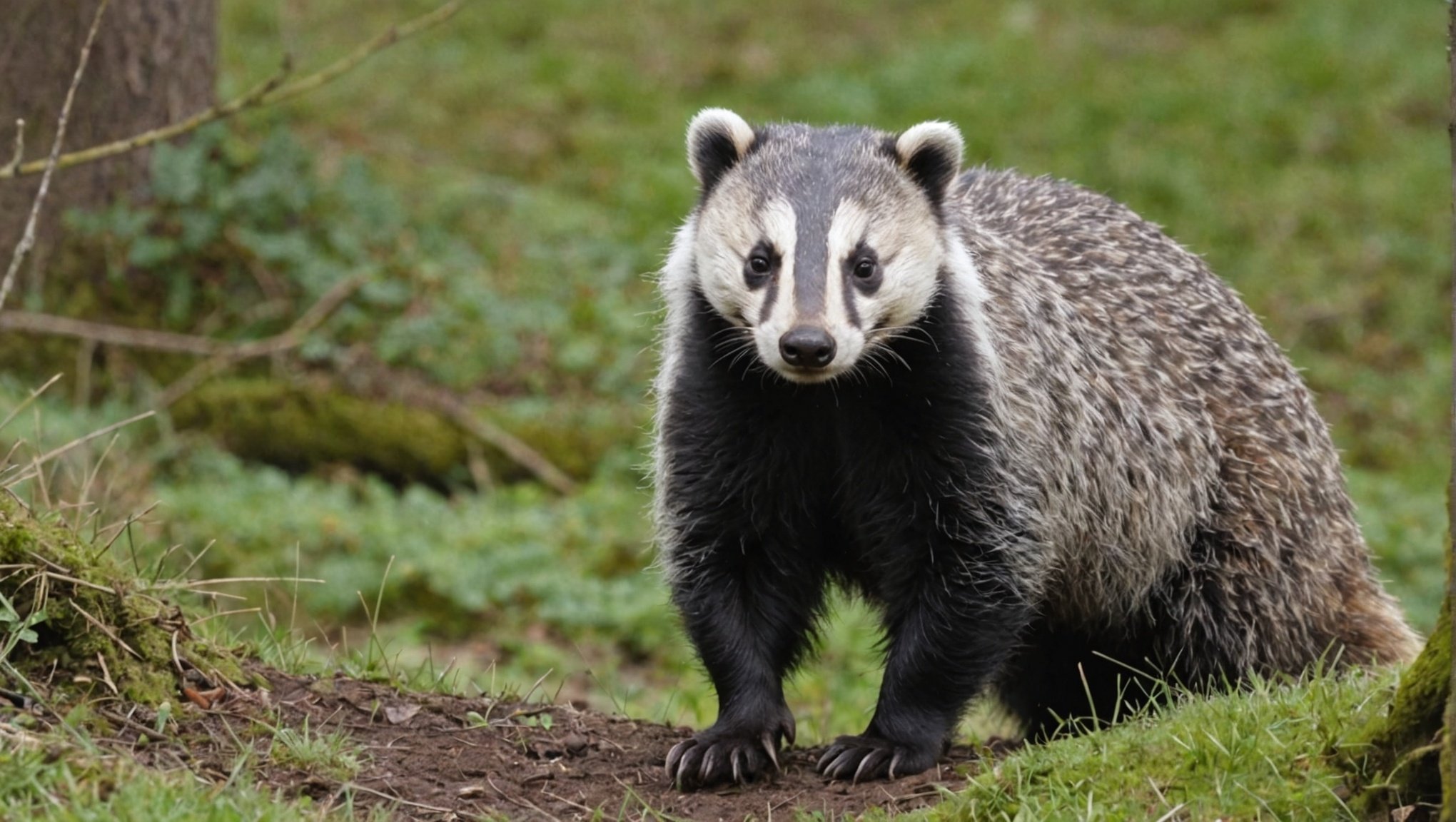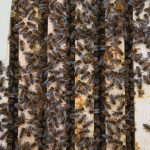Badgers, these small nocturnal creatures, have unwittingly found themselves at the center of a heated debate in England. The government’s controversial decision to cull these animals as a means of controlling bovine tuberculosis (bTB) has drawn reactions from all corners of society. From farmers who’ve long been grappling with this devastating disease, to wildlife conservationists and scientific community members, the spotlight is undeniably on badgers. In this article, we will delve into the argument and examine both sides of the issue.
The Context of Badger Culling in England
Before diving into the pros and cons, it is essential to understand the context of the badger cull in England.
Sujet a lire : Why are red squirrels in the UK threatened, and how can we support their populations?
Bovine Tuberculosis is a chronic disease that has significant implications for England’s cattle industry. The Department for Environment, Food and Rural Affairs (DEFRA) reports that the disease led to the slaughter of over 30,000 cattle in 2019 alone, a tremendous economic burden for farmers. The disease is believed to be transmitted between cattle and wildlife, particularly badgers. To control bTB, the government introduced a badger culling scheme in certain areas known to have high levels of the disease.
The cull involves trapping and shooting badgers or free shooting them at night. The government has expanded this policy over the years, leading to the culling of thousands of badgers across the country.
Lire également : How can you safely remove a bee nest from your UK home without harming the bees?
The Argument for Culling Badgers
The primary argument for culling badgers comes from the farming community and sectors of the government, who believe it is an essential measure to control bTB.
Farmers are at the frontline of bTB’s devastating impact, with some losing entire herds to the disease. They argue that the badger cull is a necessary evil to protect cattle and their livelihoods. The government supports this standpoint, citing a decrease in bTB in cull areas as evidence of the strategy’s effectiveness. Indeed, a report from DEFRA suggests that bTB incidents have dropped by 37% in areas where culling has been implemented for at least four years.
The argument for culling also extends to the belief that there are no viable alternatives. While vaccination of badgers against bTB exists, it is costly, labor-intensive, and its long-term effectiveness remains uncertain.
The Argument Against Culling Badgers
On the other side of the debate are the wildlife conservationists, naturalists, and portions of the scientific community who vehemently oppose the badger cull.
Critics argue that culling is inhumane, causing unnecessary suffering to badgers. Additionally, they point out that it may disrupt badger social structures, potentially leading to the spread of the disease rather than its control. They also question the accuracy of free shooting and the risk of leaving wounded badgers to suffer.
Scientific evidence is also cited in the argument against culling. A landmark report from the Independent Scientific Group on Cattle TB concluded that culling could not meaningfully contribute to controlling bTB. Instead, they suggested a focus on cattle-based measures, such as improved biosecurity and cattle vaccination.
Opponents also advocate for badger vaccination as a more ethical and potentially effective method of control. They acknowledge the challenges but argue that with government support and investment, these can be overcome.
The Government’s Stance on Badger Culling
The government’s position on badger culling is complicated and has evolved over time. While initially firm on the necessity of the cull, pressure from both the public and scientific community has led to some changes in policy.
In recent years, DEFRA has announced a gradual transition from badger culling to badger vaccination. They have stated that future cull licenses will be restricted, and there will be an increased focus on vaccination in the coming years. However, they also maintain that culling will continue in areas where bTB is widespread.
The government has recognized the need for a more comprehensive approach to bTB control. They are currently developing a bTB strategy that includes elements such as cattle vaccination, improved testing, and tighter controls on cattle movements.
The Future of Badger Culling
What the future holds for badger culling in England is uncertain. The debate continues to rage on, with each side presenting compelling arguments.
While the government has promised a shift towards vaccination, how this will be implemented—and whether it will be enough to satisfy critics—remains to be seen. Farmers, fighting to protect their livelihoods, will likely continue to advocate for culling as necessary, while conservationists and scientists push for a more humane, scientifically backed approach to disease control.
The fate of England’s badgers hangs in the balance as the nation grapples with finding a solution that not only controls bTB but also respects the rights and welfare of its wildlife.
The Ethical Dimension of Badger Culling
The ethical concerns surrounding badger culling cannot be overlooked. The nature of the cull, which involves trapping and shooting or free shooting badgers, has been met with heavy criticism from animal rights groups and conservationists. They argue that the methods employed in the cull cause unnecessary suffering to the badgers.
While the government and farming community emphasize the need to control the spread of bTB, critics question the approach’s morality and effectiveness. The Badger Trust, a prominent advocacy group for the protection of badgers, stresses that culling is not only cruel but also counterproductive. They draw attention to the potential disturbance of badger social structures, which could lead to increased disease spread.
Moreover, there are concerns about the lack of precision in free shooting, leading to wounded rather than killed badgers, further exacerbating the animal welfare issue.
Critics argue that a more ethical approach is the badger vaccination scheme. While acknowledging its challenges, they assert that with government support, it could be an effective and humane way of controlling bTB.
Conclusion: The Complexity of the Badger Cull Issue
The debate over the badger cull in the UK presents a complex problem in which economic, scientific, and ethical considerations intertwine. On one side, there is the farming community and sectors of the government, who see culling as a necessary measure to control the spread of bTB and safeguard the cattle industry. On the other side, wildlife conservationists and some scientists argue against culling, citing the significant ethical concerns and questioning its effectiveness.
While the government’s stated intention to shift towards vaccination offers a glimmer of hope, it remains to be seen how this will be implemented. The question also arises as to whether this will be enough to address the critics’ concerns.
The future of the badger cull, therefore, remains uncertain. Each side of the debate holds valid points, reflecting the complexity of the issue. Ultimately, striking a balance between controlling bTB and ensuring the protection of badgers will be a significant challenge.
Whatever the outcome, it is clear that the issue of the badger cull in the UK has brought to the fore essential questions about interaction with wildlife. It is a reminder that in our quest to protect our interests, we must also respect and preserve the intricate ecosystem we cohabit.











